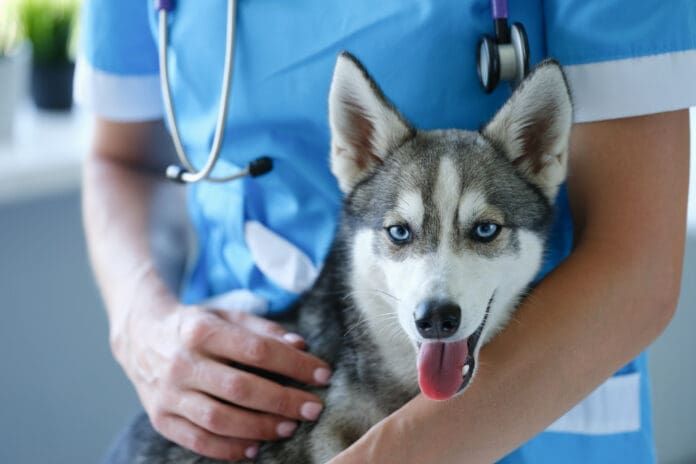We’re always looking for ways to save money and with rising veterinary costs, saving money on your dog’s healthcare has never been more important. Pet insurance and dog wellness plans are growing in popularity as ways to lessen the sting of veterinary bills.
Pet insurance and dog wellness plans are not the same thing. Let’s look at the way these two cost-saving measures differ.
Pet Insurance
Pet insurance is for the unexpected medical events in your dog’s life. Accidents and illnesses can happen when you least expect them. If your dog ends up in the emergency room or needs specialized care, the cost of that care can quickly lead to a case of sticker shock.
Most pet insurance carriers require that you pay the veterinary hospital directly for services, then submit a claim to be reimbursed. Most veterinary hospitals require payment in full at the time services are rendered.
Emergency and specialty hospitals typically require a deposit of 50-75% of the high end of the cost estimate before services can be rendered. Some emergency hospitals require payment of an emergency consent fee at the time your dog is triaged (assessed by a veterinary technician). This fee includes the emergency exam and what may be necessary to stabilize your dog, such as placing an intravenous catheter, obtaining point-of-care diagnostics, and administering pain medication.
The amount of the emergency consent fee will depend on the severity of your dog’s illness. The consent fee only covers examining and stabilizing your dog. It does not include laboratory diagnostics—such as full blood work, urinalysis, and radiographs—or treating your dog’s illness. The total cost of your dog’s emergency veterinary care will inevitably be more than the emergency consent fee.
Since most pet insurance carriers work on a reimbursement model. That means you still need a way to pay for veterinary services upfront. Many veterinary hospitals no longer offer payment plans (also known as payment agreements). Acceptable methods of payment may include cash, major credit and debit cards, CARE Credit, and ScratchPay. Acceptance of personal checks is becoming increasingly rare due to the potential for fraud.
Wellness Plans
Wellness plans are for the preventative care necessary to keep your dog healthy. Preventative care includes vaccines, routine screening tests, and heartworm and flea/tick preventatives. Some wellness plans include routine dental cleanings.
There are several different types of wellness plans available. Some pet insurance carriers offer a wellness plan option. This type of wellness plan will reimburse you for certain preventative care services up to a set dollar amount. If the cost of preventative care exceeds the reimbursement amount, then you are responsible for the balance.
You can also purchase a wellness plan from a third-party vendor without pet insurance. These wellness plans work similarly to the wellness plans that are bundled with pet insurance.
Some veterinary hospitals offer wellness plans that can only be used at their hospital or network of hospitals. These wellness plans offer a package of preventative services that you pay for in monthly installments over the course of one year. This allows you to budget a set dollar amount each month towards your dog’s preventative care instead of paying for their annual wellness visit all at once.
Other veterinary hospitals may offer wellness plans that include an unlimited number of sick and recheck exams. You will not be charged for sick and recheck exams but you will be expected to pay for any other services provided during those visits. Be sure to look at the fine print—many of these plans do not include emergency, last minute fit-in, and specialty service exams.
Pet insurance can help alleviate financial concerns when your dog becomes ill. Wellness plans can help you budget for keeping your dog healthy. See our articles on pet insurance and wellness plans for more details about shopping for these benefits.
There was a time when many veterinary hospitals offered payment plans (also known as payment agreements) for clients who could not pay for veterinary services in full at the time services were rendered. This would allow a client to pay for services already provided in monthly installments until the bill was satisfied.
While many people would fulfill the agreement and continue payments until the bill was satisfied, some people did not. Some people would make one or two payments and then make no further attempt to satisfy their bill. Others would sign the agreement and make no payments at all.
Not paying for veterinary services means more than just not paying your veterinarian. The cost of veterinary services includes the overhead of running a hospital. Overhead includes employee salaries and benefits, utilities, rent, laboratory services, medical supplies, and maintaining medical equipment.
The impact of one person not paying their bill may be negligible, but 100 people reneging on their agreement to pay a balance of $500 or more quickly adds up. This negatively impacts a hospital’s bottom line and impairs their ability to provide services for the pets that need them. And a closed hospital is of no help to anyone.






